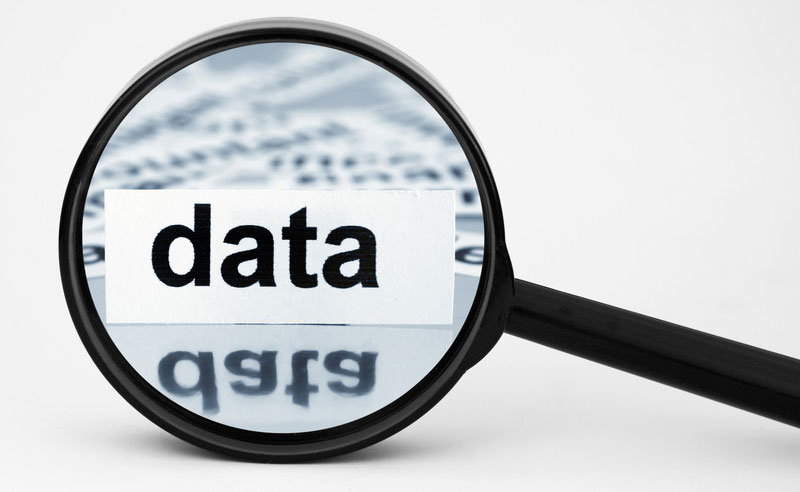Data cleansing, also known as data scrubbing, is the process of identifying and correcting inaccurate, incomplete and irrelevant data in a data set. Organizations must maintain an updated database for efficient contact with their customers and to ensure compliance standards. Outsourcing data cleansing tasks to a data cleansing company is a practical way to scrub the data by detecting and correcting errors and inconsistencies, thereby providing maximum value for your enterprise. The main goal of data cleansing and maintaining a clean customer database is to create a single customer view (single record for each customer that contains all their relevant data).

Data cleansing can offer several benefits to the business, including the following:
- Helps maintain compliance with the Data Protection Act
- Reduces wastage in the form of incorrect emails and saves on mailing costs
- Allows to quickly locate relevant customer data and reduce service response time
- Improves service quality as all relevant data is located at the same place and also ensures better customer experience.
- Helps provide more accurate prospect information leading to better sales targeting and management.
Maintaining a clean customer database could be a challenging task. Customer data is highly dynamic and likely to go out-of-date quickly. In addition, many businesses based on different criteria such as purchase history, email-lists and prospect lists may have multiple databases. This causes the same customer to be present on multiple databases with bits of relevant information under each criterion. The following are a few steps that can help consolidate the customer data and maintain a clean database.
- Data Auditing – This is the first step towards data cleansing. It involves the complete auditing of all customer databases. Auditing using statistical or database methods will help detect anomalies and inaccuracies. The information should be used to infer characteristics and location of anomalies, which in turn helps to identify the root cause of the problem.
- Use Different Methods – The process of auditing of a database should not be restricted to analysis through statistical or database methods. Additional steps including buying external data and comparing it against internal data can be used. Organizations that have time and staff constraints can outsource data cleansing tasks to a professional data cleansing company.
- Data Consolidation – The process of data cleansing should not be restricted to just identifying and removing inaccurate data from customer database. It should be used as an opportunity to consolidate the customer data. Additional information such as email addresses, phone numbers or additional contacts should be incorporated whenever possible.
- Control and Feedback Mechanism – The organization must establish a control mechanism wherein any inaccurate information gets reported and updated in the database. For instance, there should be a control and feedback mechanism for emails – any email which is undelivered due to an incorrect address should be reported and the invalid email address should be cleansed from the customer data.
- Regular removal of inaccurate information and updating customer database – The process of data cleansing is not a one-time process; it should be made part of the regular workflow. Regular removal of inaccurate information and updating customer database is the only route towards ensuring a clean customer database.
The above-mentioned steps will certainly help in the creation of a clean customer database which in turn offers multiple benefits across functions and serves as a critical factor in the growth of business. Organizations that don’t have enough time, resources, people and money to perform data cleansing in-house can consider outsourcing it to experienced data cleansing companies. With a team of skilled data analysts and effective tools, data cleansing service providers can ensure accurate and relevant business records, better sharing of information across departments, improve response rates with correct contact details and maintain the standard industry database file formats.



